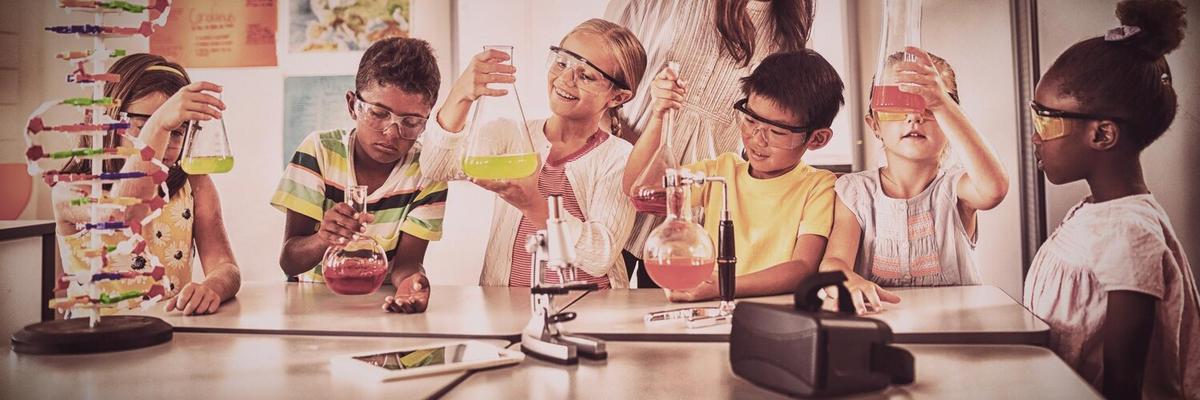
Balancing Standardized Testing with Holistic Education Approaches
In the realm of education, the interplay between standardized testing and holistic education approaches presents both challenges and opportunities. As educators and policymakers strive to balance these elements, it’s crucial to understand their respective roles in shaping a well-rounded educational experience.
The Landscape of Standardized Testing
Standardized testing has long been a staple of educational systems worldwide, providing a uniform measure of student performance. Tests like the SAT and ACT are often critical for college admissions, assessing competencies in core subjects. However, reliance on these tests can sometimes overshadow the broader objectives of education, such as creativity and critical thinking.
The Rise of Holistic Education
Holistic education, on the other hand, emphasizes developing the whole child. According to education expert Sir Ken Robinson, fostering creativity and emotional intelligence is just as important as academic skills. Holistic approaches encourage students to explore art, music, and physical education alongside traditional academics, aiming to produce well-rounded individuals.
“Education is not the filling of a pail, but the lighting of a fire.” – William Butler Yeats
Finding the Balance
Balancing these approaches requires understanding the benefits and limitations of each. A study from the University of Chicago found that students who engage in arts and sports alongside academic studies tend to perform better overall. This suggests that integrating holistic elements can enhance learning outcomes.
Statistics: A Closer Look
| Aspect | Standardized Testing | Holistic Education |
|---|---|---|
| Focus | Academic proficiency | Whole child development |
| Assessment Type | Objective tests | Project-based assessments |
| Skills Emphasized | Reading, Math, Science | Creativity, Emotional Intelligence |
| Teacher’s Role | Evaluator | Facilitator |
| Student’s Role | Test-taker | Active participant |
| Outcome Measurement | Scores | Overall growth |
| Parental Involvement | Limited | High |
| Long-term Impact | College admissions | Life skills |
Actionable Tips for Educators
- Integrate project-based learning to complement test preparation.
- Encourage students to participate in extracurricular activities.
- Foster an environment where creativity is valued as much as academic success.
- Provide professional development for teachers to implement holistic strategies effectively.
Frequently Asked Questions
Why are standardized tests important?
They provide a uniform measure of student performance and are often used for college admissions and assessing school effectiveness.
What is the goal of holistic education?
Holistic education aims to develop the whole child, including emotional and social skills, alongside academic knowledge.
How can schools balance these approaches?
By integrating arts and physical education into the curriculum and using diverse assessment methods.
Conclusion: Embracing a Balanced Approach
In conclusion, while standardized testing plays a critical role in education, it’s essential to embrace holistic approaches to nurture well-rounded individuals. By integrating both methods, educators can prepare students not only for academic success but for life beyond the classroom. As we move forward, let’s encourage policies that support this balance, ensuring students thrive in every aspect of their development.


